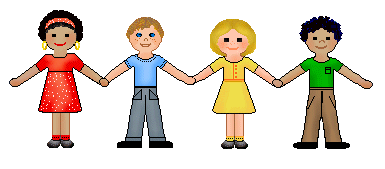Opportunities for curiosity, collaboration and creativity
An ELP series presentation by Jeanette Clarkin-Phillips & Margaret Carr
This presentation was around three research projects where aspects of children’s learning and dispositions were identified. The three projects centred around excursions to exhibitions in Te Papa and examined:
- Curiosity – Children being curious before, during, and after exhibitions.
- Collaboration – children as teachers.
- Creativity - Information gathering or creative capacity building.
The three exhibitions that the children attended were:
- Bark cloth and masks from Papua New Guinea.
- European Masters paintings from around the 17th century.
- Traditional cloaks or korowai.
The presentation continued by looking at each aspect of learning during each of the three exhibitions.
Curiosity
- The teachers compiled a book of the fire dancers from Papua New Guinea who wore masks. They did so to encourage tamariki to discuss and talk about these masks, ask questions, and share answers.
- The eruption of Vesuvius was shown at the European Masters exhibition to encourage tamariki to offer their own imaginative stories on this painting.
- At the traditional korowai exhibition, comments were read out to offer a sense of curiosity.
Outcomes: Curiosity straddles across all the strands in our curriculum Te Whāriki and a number of links were highlighted on the whiteboard during the presentation.
Collaboration
- Conversations are great for collaboration and there was plenty of discussion around bark cloth and masks.
- Even though the European Masters paintings were from the 17th and 18th centuries, children were still interested in this art. They were asked how some paintings made them feel, and the feelings that some colours gave them. There was plenty of collaboration in terms of ideas.
- Children spoke to weavers at the cloak exhibition. When they returned to their kindergarten, they made their own korowai. There was plenty of collaborative work as children worked with each other. The korowai that tamariki made was actually exhibited at Te papa in the kahu Ora exhibition. This cloak is still used by children for their birthdays.
Outcomes: Collaboration in Te Whāriki is mainly in the strand of Belonging.
Creativity
- The early childhood tamariki noticed older children with sketch books at the exhibition on masks. They asked their teachers for paper as they wanted to imitate the older children and do their own mask drawings. A few of these drawings were displayed at the presentation.
The speaker mentioned Reggio Emilia that had a number of strategies to provoke children to be creative. An example was given of an adult with a giraffe’s head walking slowly across a room when the children were having their lunch. I didn't get the context of why this provocation took place.
Creativity is combinatory play – Einstein
- At the European masters exhibition children’s interpretation of artists were shown when they did their own paintings based around what they observed.
- At the Kahu Ora exhibition tamariki demonstrated their creativity by designing their own korowai that was exhibited at Te Papa.
Conclusive remarks
I enjoyed this presentation because it was well put together and presented. I thought that Margaret Carr was extremely articulate in her presentation and it really resonated well when she spoke about links to Te Whāriki that came across as a positive impact on me. Her choice of words made it so meaningful.
